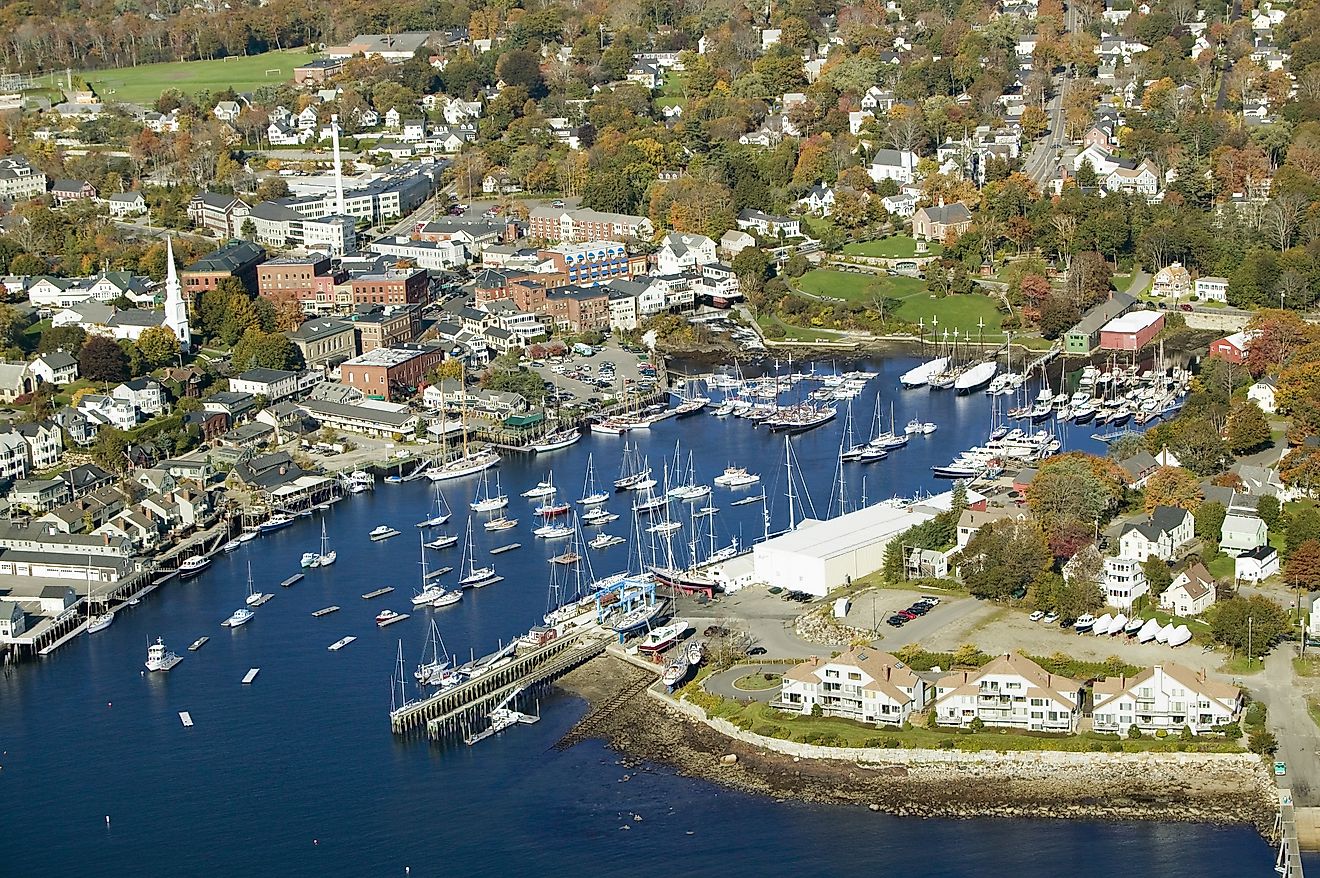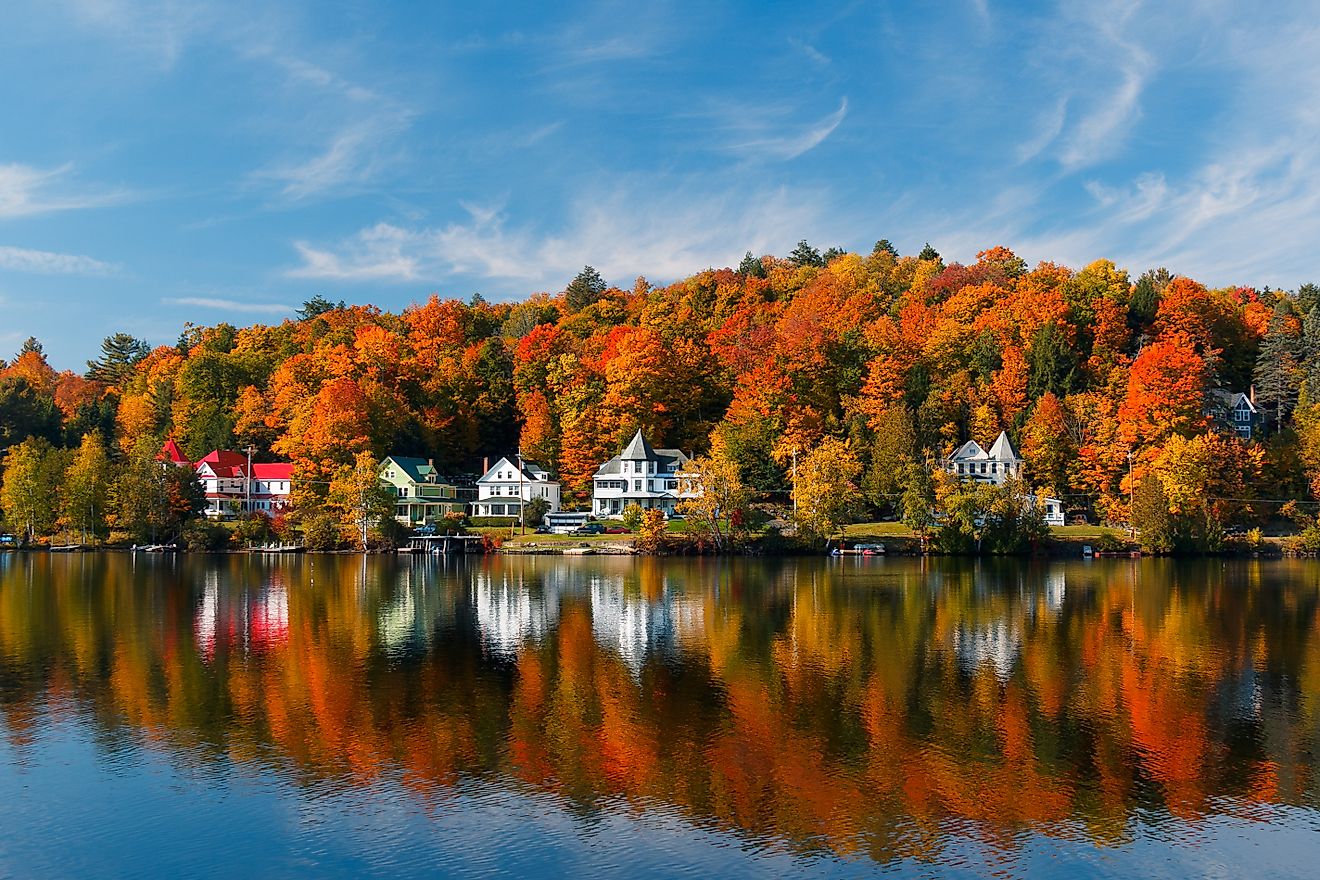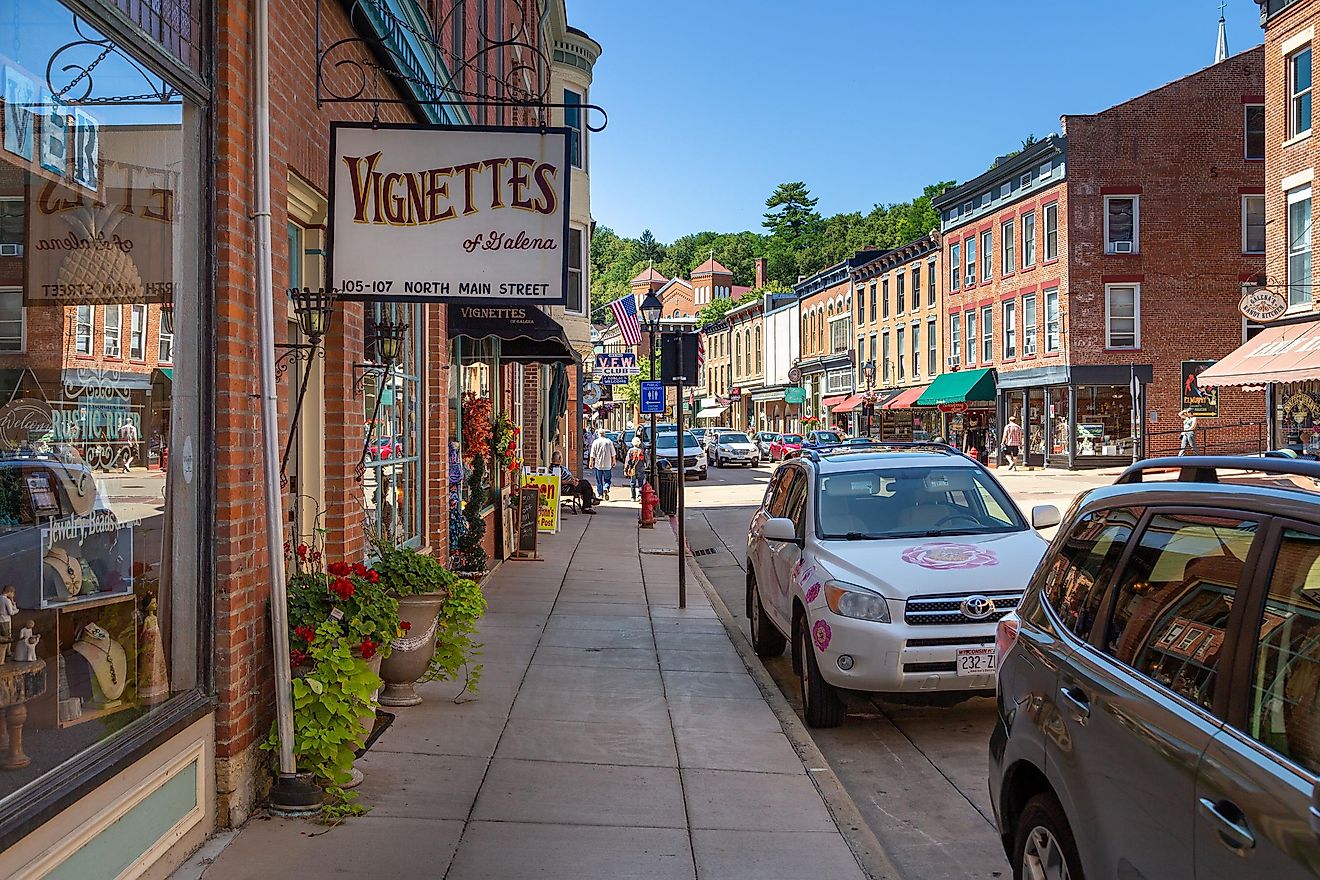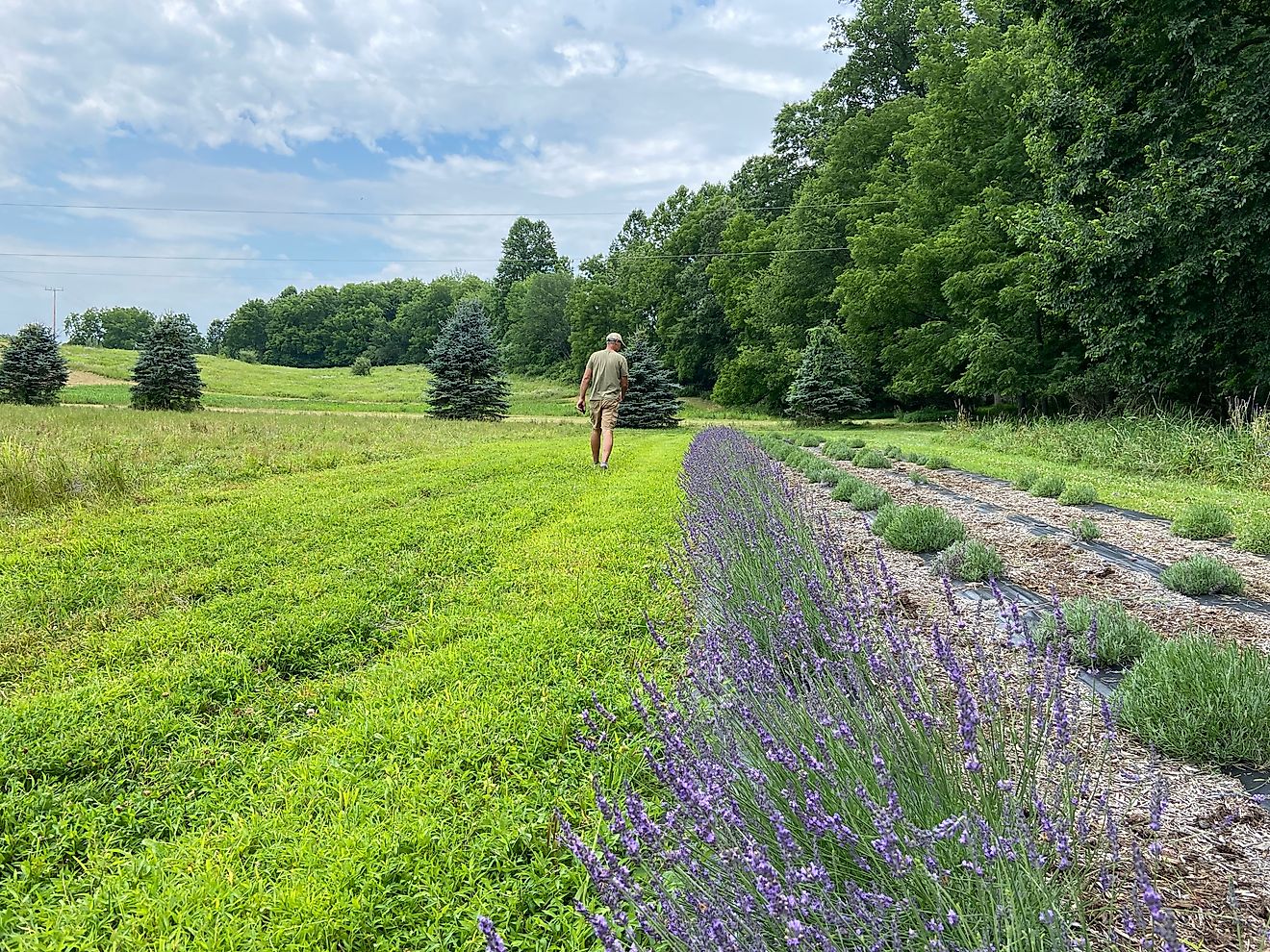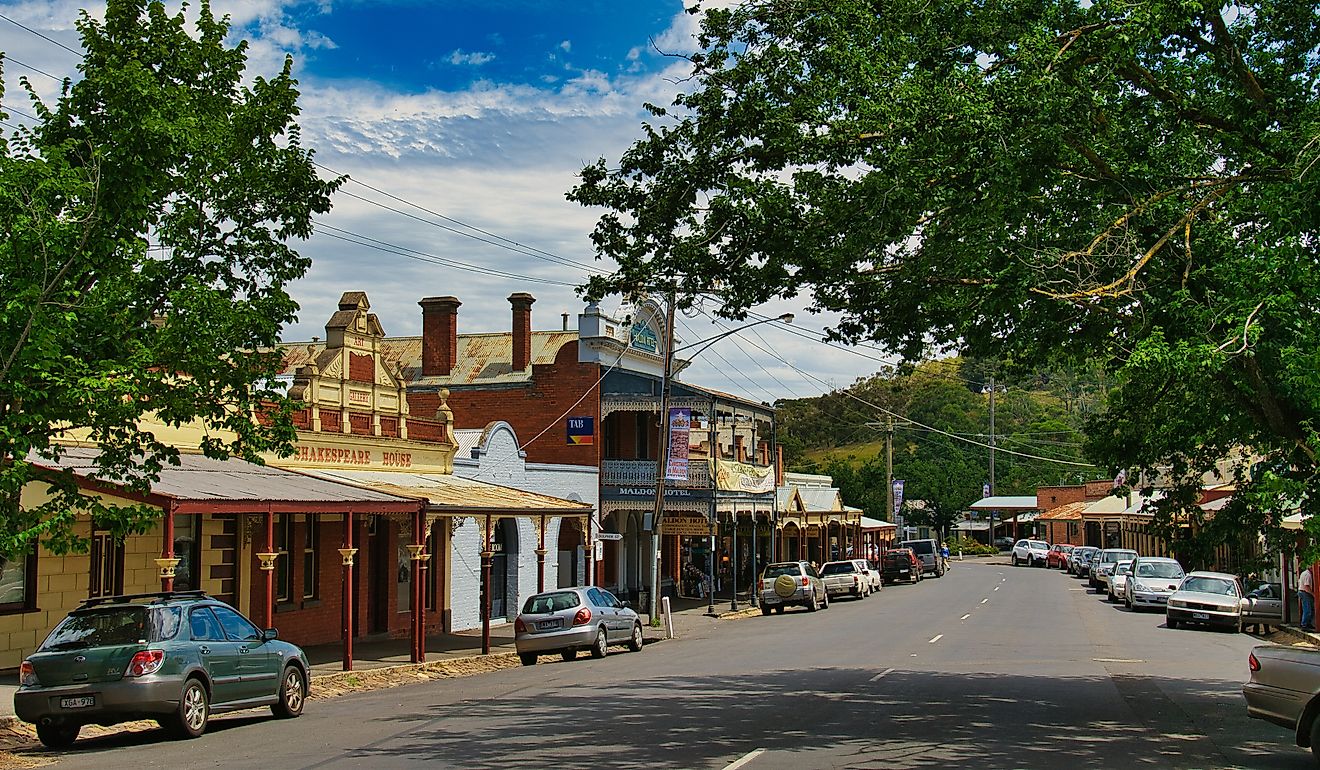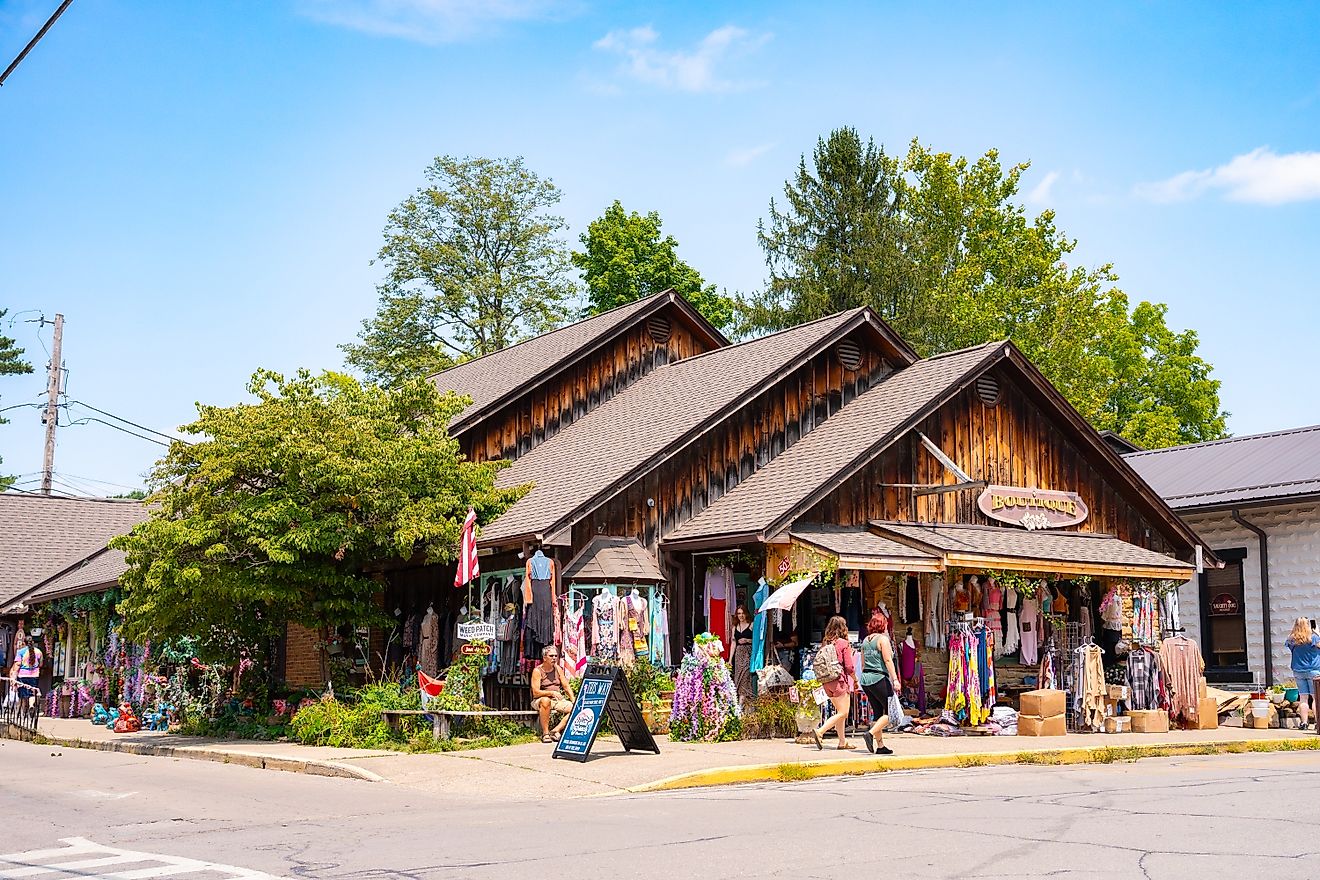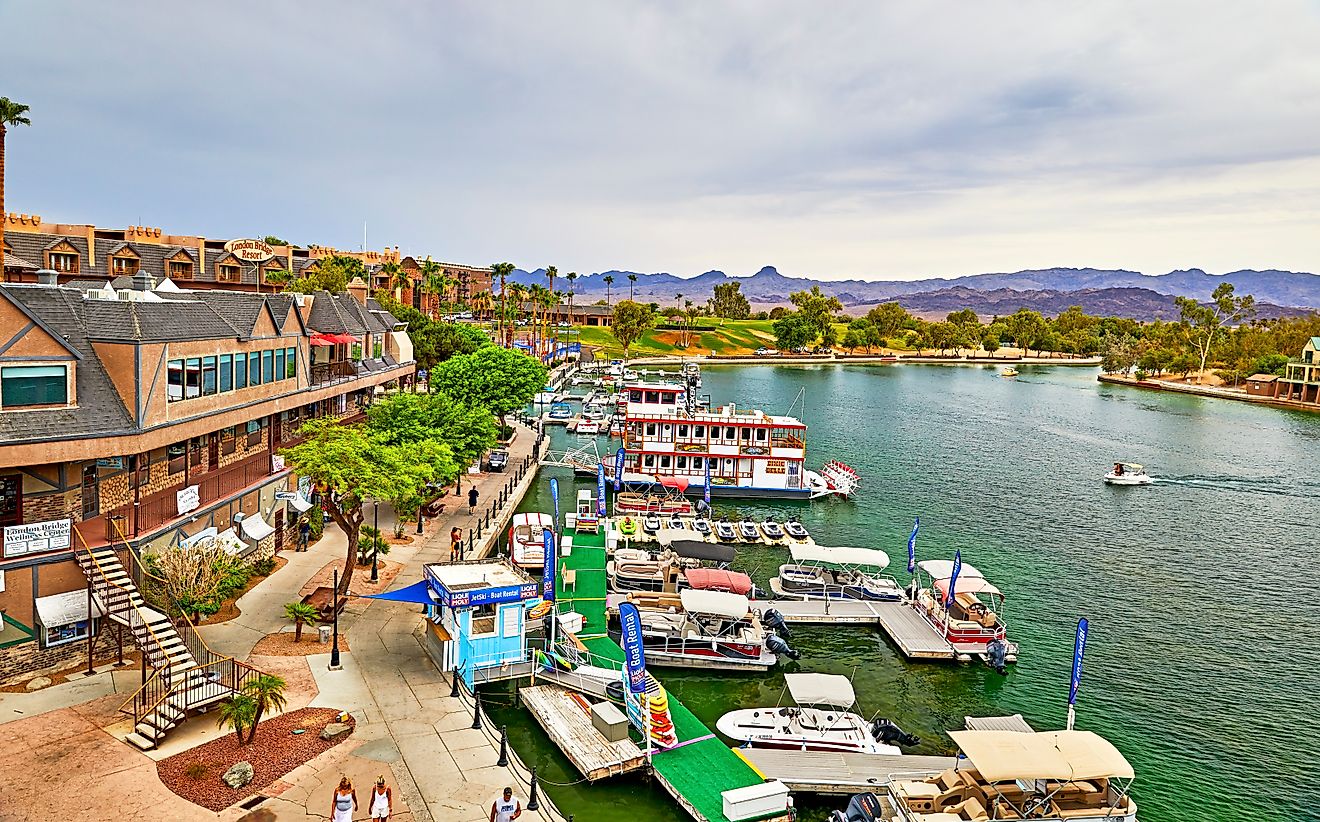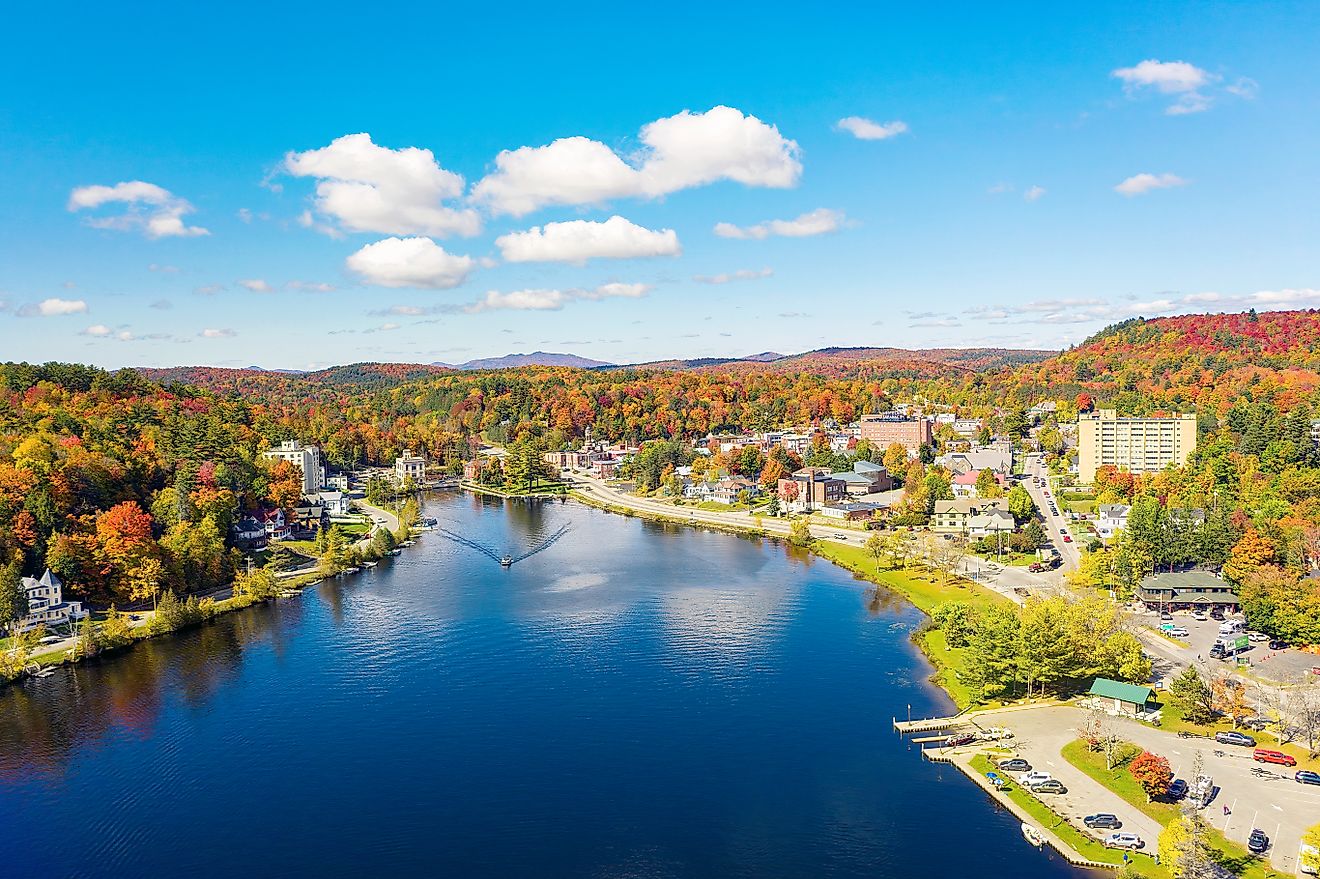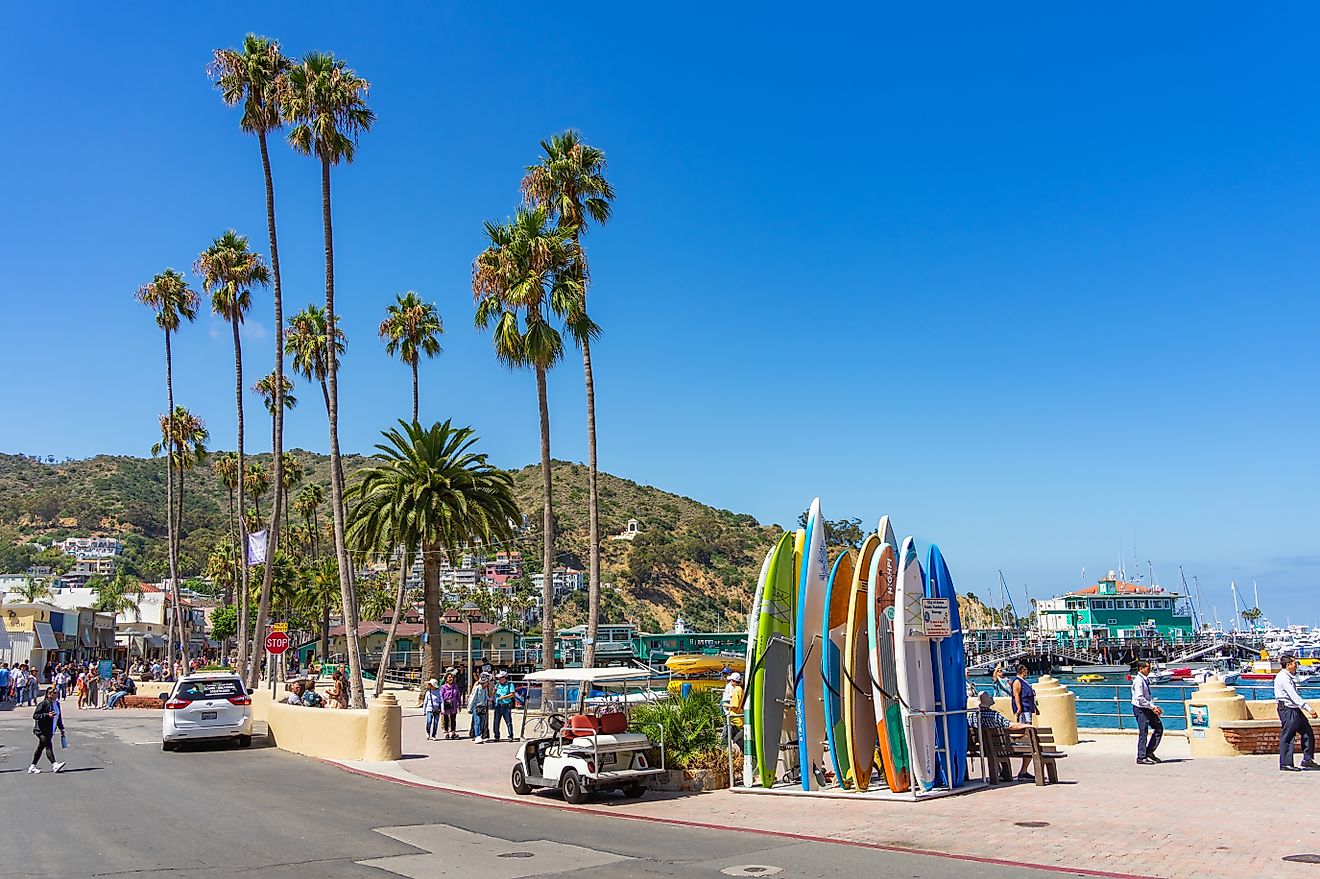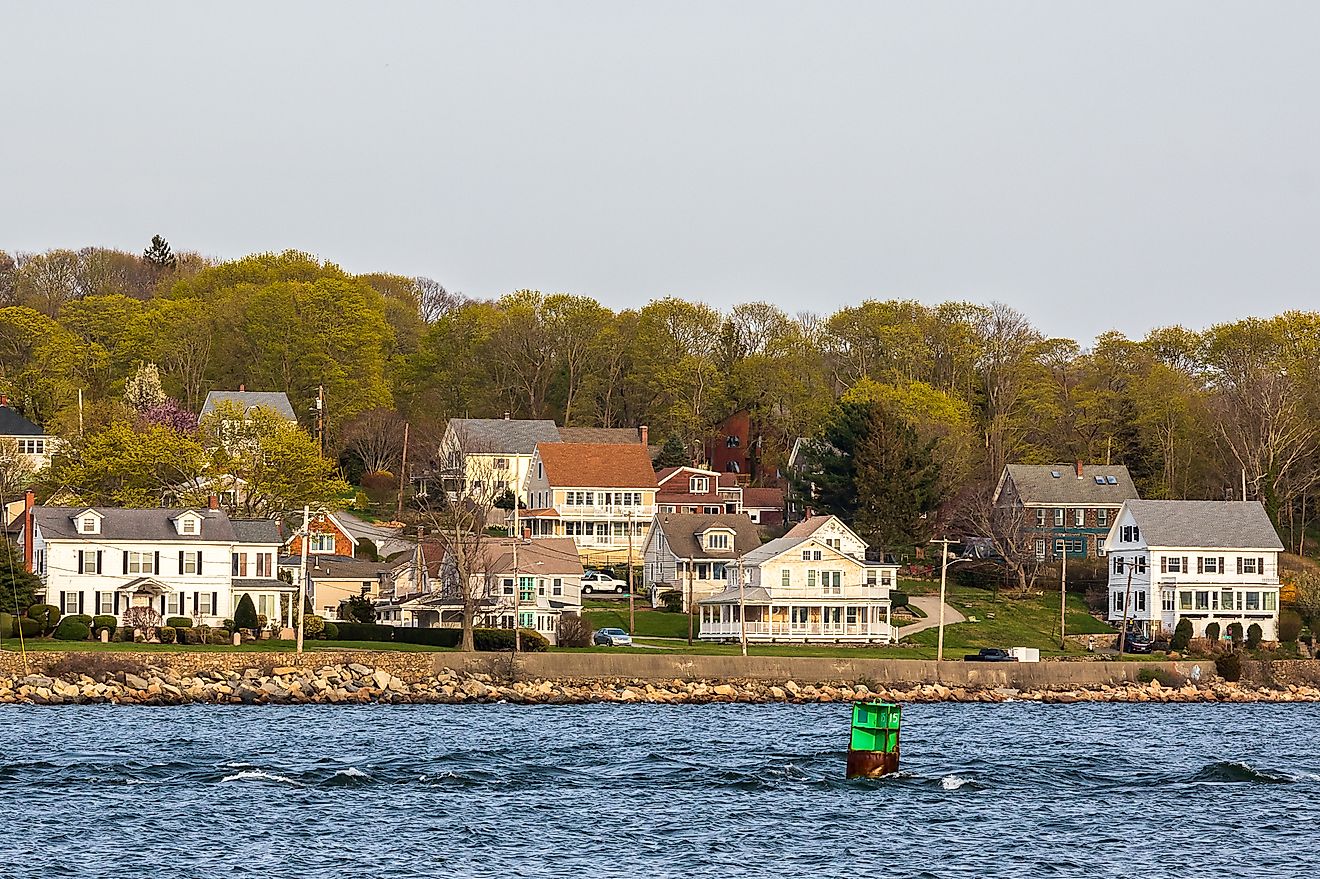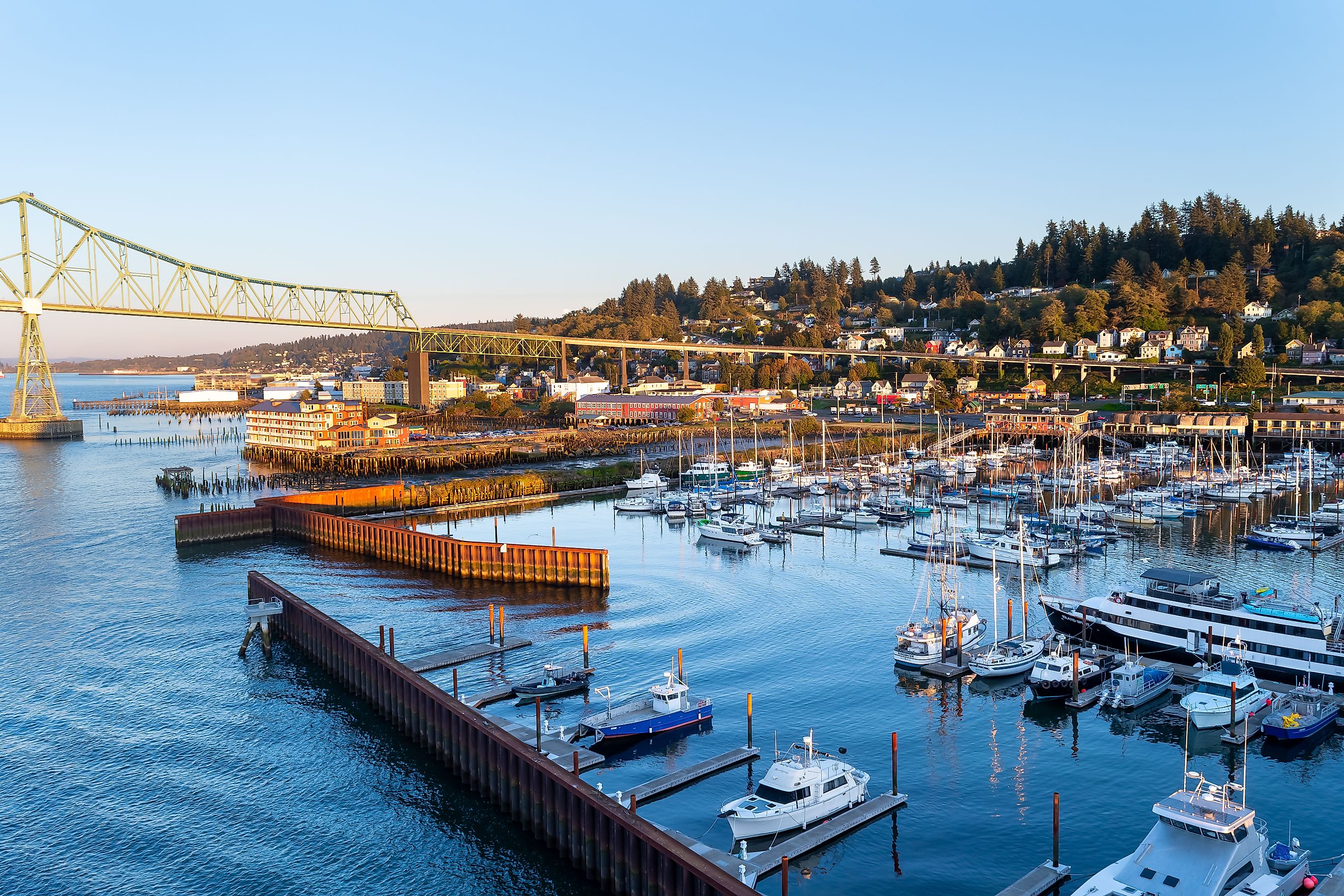
This Quiet Pacific Northwest City Is An Underrated Gem For Nature Lovers
When Lewis and Clark reached the Pacific Ocean in 1805, they unknowingly planted the seeds for one of the Pacific Northwest’s most adventure-filled towns: Astoria. This town, home to roughly 10,000 residents, offers a little bit of everything, including one of the country’s largest campgrounds, secluded wildlife refuges, and even ziplining and paragliding tours. Its position along the Columbia River makes it the perfect location for water activities like scuba diving, kayaking, and fishing as well. As you begin planning your summer adventures this year, make sure to have Astoria on your radar.
Parks & Green Spaces
Astoria Column
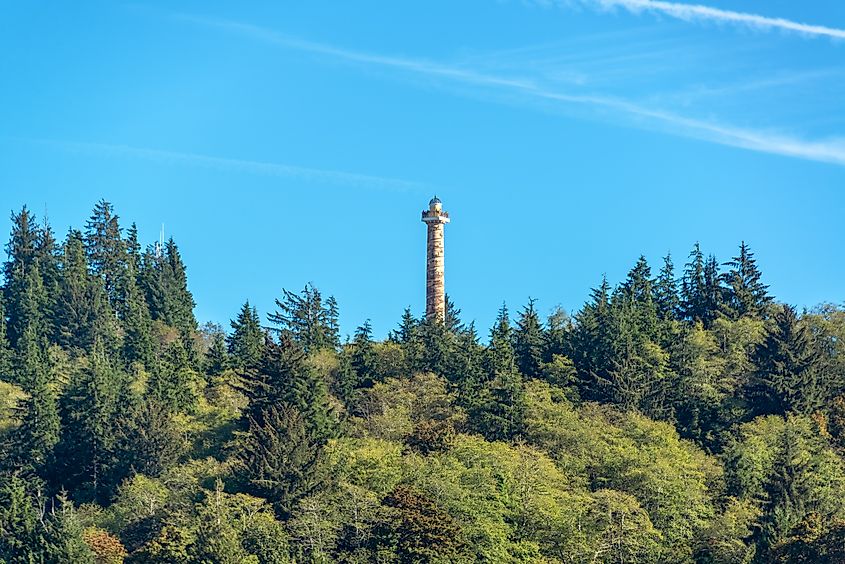
You’ll never be far from a green space in Astoria. Astoria’s Parks and Recreation Department manages 63 parks, with even more state and historic parks in the surrounding area. On the top of Coxcomb Hill, travelers will find one of Astoria’s most iconic parks: Astoria Column Park. This park is home to the historic 1926 Astoria Column, a 125-foot monument that tells the city’s story in a series of illustrations, starting at the base with early European exploration in 1792 and ending near the top with the railroad’s arrival in 1893. Visitors can climb 164 spiral steps to a gorgeous viewing deck, where they will be met with panoramic views of the Pacific Ocean and Columbia River.
Fort Stevens State Park

Once a military base along the mouth of the Columbia River, Fort Stevens is now a state park, home to one of the largest public campgrounds in the country. Spanning 4,300 acres, some of the park’s highlights include 15 miles of trails, a shipwreck, the Columbia Shore Disc Golf Course, and Coffenbury Lake. Park rangers offer guided kayaking tours of the lake in the summer for those hoping to get out on the water. Camping is available in Fort Stevens year-round, with all campsites including a fire pit and picnic table.
Lewis and Clark National Historical Park
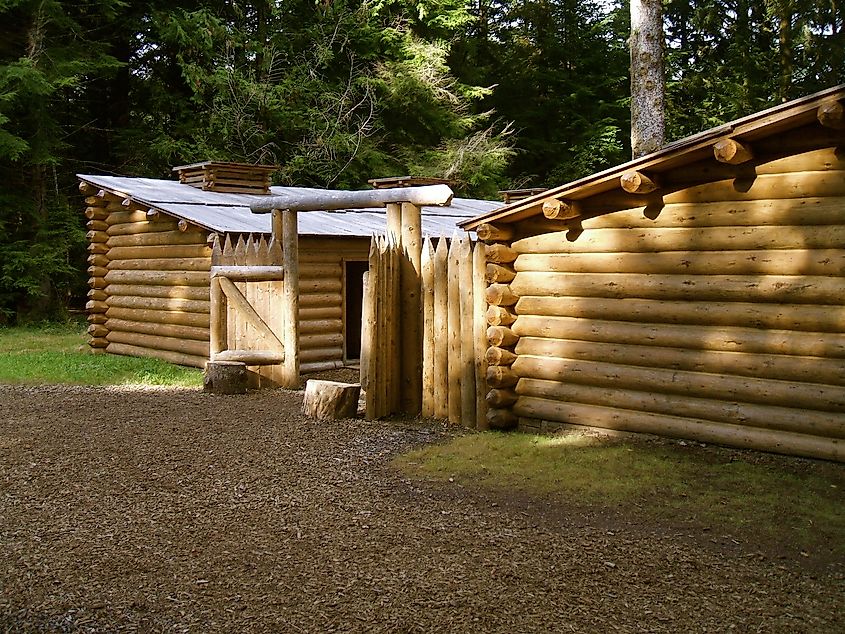
If you are interested in the history of the Lewis and Clark Expedition, consider visiting the Lewis and Clark National Historical Park during your time in Astoria. The park is home to the site of Fort Clatsop, where the expedition spent the winter of 1805-1806. Today, visitors can see a replica of the fort, built in 2006 after the previous reconstruction was lost in a fire. The park also features 14.5 miles of trails, many tracing routes once traveled by the Corps of Discovery. Other popular park activities include kayaking, canoeing, and fishing.
Hiking & Walking Trails
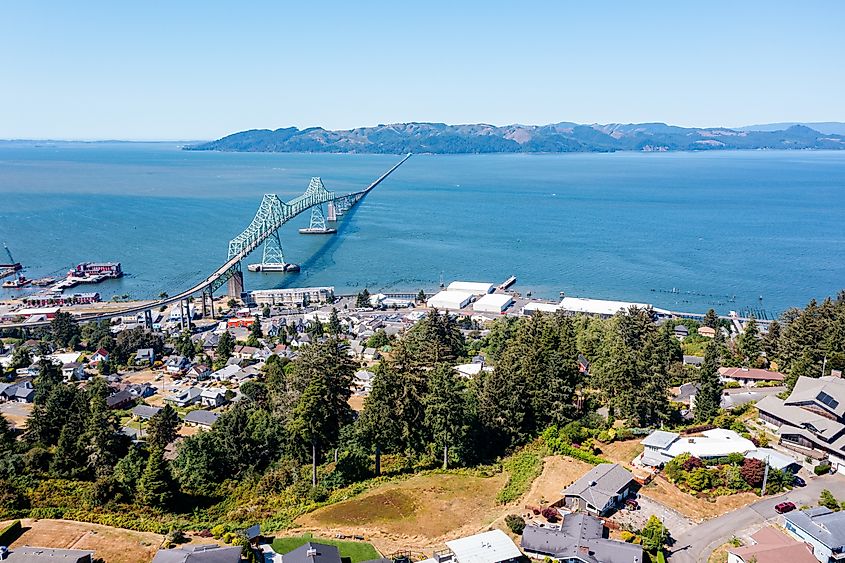
Much like its parks, many of Astoria’s trails connect the outdoors with the town’s history. For a relaxing walk along the water, make sure to add the Astoria Riverfront Trail to your list. This waterfront trail stretches for six miles and has several cultural and natural stops along the way. Some of the trail’s stops include the Maritime Memorial Park, the Port of Astoria, the Columbia River Maritime Museum, and several seafood restaurants like Mo’s Seafood and Chowder Restaurant. If you want to tour the trail but aren’t in the mood for a walk, consider taking a ride aboard the “Old 300” historic trolley.
The Historic Astoria Loop, meanwhile, is a great way to see some of the city’s most impressive Victorian mansions. Beginning at the Flavel House Trailhead, this loop is roughly 2.3 miles and features landmarks like the Queen Anne-style Flavel House, the 1916 Methodist Church, the 1867 home of pioneer Charles Stevens, and a partial replica of Fort Astoria, before ending at the Columbia River Maritime Museum.
If you plan to visit the Astoria Column, consider beginning with the Cathedral Tree-Coxcomb Hill Hike, which starts at the Irving Avenue Trailhead and leads directly to the column. Winding through Coxcomb Hill, this route follows a forested ridge, renowned for the 300+ year-old Sitka spruce, Cathedral Tree, that stands along the trail. Growing from a nurse log, the tree towers at about 200 feet tall and measures 8.5 feet in diameter, making it an impressive sight to see.
Water-Based Recreation
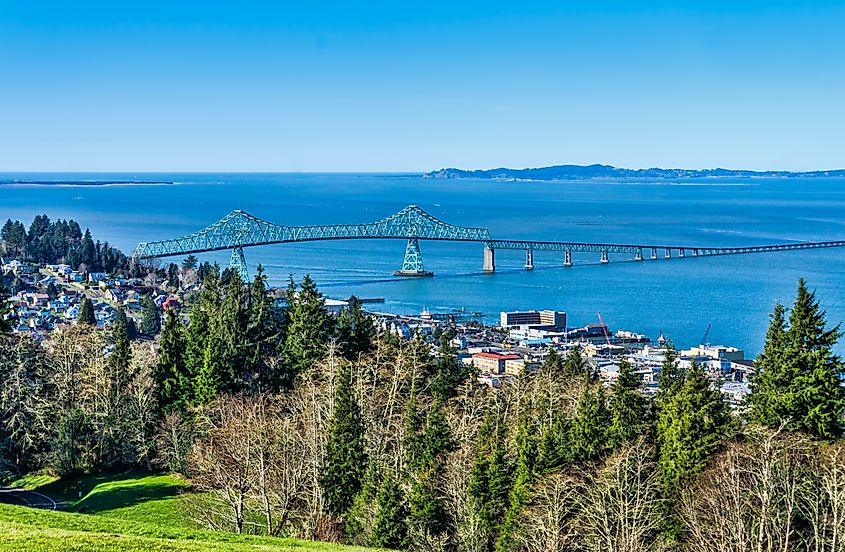
As the weather begins to warm up, there are plenty of ways to stay cool in Astoria. About a 20-minute drive south of the city, travelers can reach Youngs River Falls, a popular place in the summer for swimming. Surrounded by lush forest, the 54-foot waterfall cascades into a swimming hole with depths of around five to seven feet.
Heading to the Columbia River, adventurous travelers can sign up for a course with Astoria Scuba to explore the river’s depths. The outfitter offers a course for every level, ranging from open-water scuba certifications and intro classes to scuba refreshers and advanced courses. Particularly experienced scuba divers may even have the opportunity to explore one of the river’s shipwrecks! If scuba diving isn’t your thing but you still want to explore the river, Astoria Scuba offers kayaks and SUP boards as well.
Anglers can book a fishing charter along the river, with Astoria Fishing Charters and Guide Service being a popular and highly rated choice. Depending on their interests, travelers can book a salmon, sturgeon, steelhead, or bottom fishing charter with local fishing guide, Jeff Keightley.
Extreme Sports
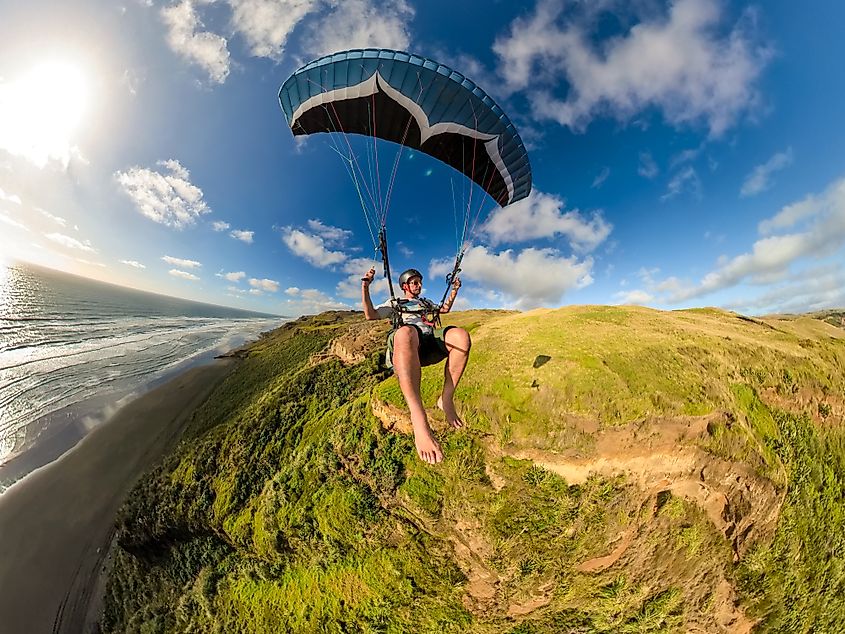
For travelers seeking a bit of adrenaline, there are a couple of thrilling options near Astoria. Located in the neighboring town of Warrenton, High Life Adventures offers a guided, eight-line ziplining tour that soars over ponds, forests, and a seven-acre lake. The company also has 30 or 60-minute axe-throwing sessions, if you want to try something different!
For a bird’s-eye view of the coastline, consider signing up for a paragliding tour with Discover Paragliding, just 20 minutes southwest of Astoria. This school offers a variety of experiences, including tandem paragliding with a certified instructor, solo paragliding for those looking to learn independently, and advanced courses for experienced paragliders.
Wildlife & Bird Watching

Bald eagles, egrets, elk, and river otters are just a few of the wildlife species that call the Astoria area home. Travelers can start their exploration of the area’s wildlife at the Lewis and Clark National Wildlife Refuge, which spans across 20 islands and stretches for over 27 miles along the Columbia River. Accessible solely by boat, some of the species that visitors may spot in the refuge include river otters, beavers, weasels, minks, elk, bald eagles, and hawks.
The Twilight Eagle Sanctuary, located east of Astoria, features marshy wetlands that are home to various fish and waterfowl. Federally protected fish species like coho salmon, chum salmon, and steelhead are found here, along with aquatic mammals like sea lions and seals. Although bald eagles do not nest in the sanctuary, they frequently forage and roost along the shoreline and wetlands.
Travelers can also appreciate the area’s marshes and wetland habitats on the Skipanon River Loop Hike, which winds through the tidal flats and marshes of Warrenton. Stretching along the river’s levees, travelers may have the chance to see a variety of waterfowl like egrets, herons, geese, grebes, and various duck species.
While some towns focus on the natural attractions and others focus on the historical ones, Astoria manages to do both. Some of the region’s most scenic parks are also home to former forts, and several trails pass by historic trolleys and museums. Thanks to its smaller size, travelers can reach places that feel off the grid in under 30 minutes. Other trails, like the Skipanon River Loop Hike, have thriving ecosystems and wildlife, despite its urban location in the middle of town. Regardless of how you want to spend your trip outdoors, you are sure to find your kind of adventure in Astoria.
